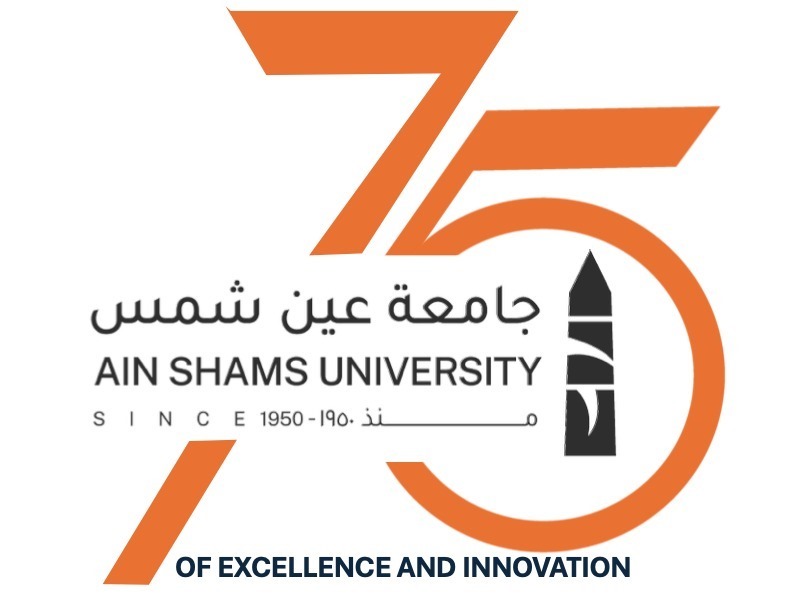Prof. Mahmoud El-Meteini, President of Ain Shams University, announces raising the degree of maximum readiness in university hospitals during Eid Al-Fitr
Prof. Mahmoud El-Meteini, President of Ain Shams University, announced raising the maximum level of readiness in all Ain Shams University hospitals, increasing the number of doctors in reception, emergency and critical departments, and providing the necessary number of medical staff, as a traffic schedule was set with backup schedules for attendance in case of emergency. He emphasized the provision of all medicines and medical supplies, taking all precautionary measures and continuous sterilization.
It is worth noting that Ain Shams University Hospitals are the first university hospitals to obtain GAHAR accreditation for the quality of health care in hospitals, in order to ensure patient safety and safety - the first level of NSR accreditation for the Hospital of Cardiology and Thoracic Surgery, and the accreditation stages are being completed, as well as the accreditation of other hospitals. Ain-Shams University, also accreditation of the cerebrovascular care unit; As the first center in the Middle East to be accredited by the German Accreditation Authority for Cerebral Vascular Care, Ain Shams University laboratories in all specialties also obtained international accreditation for medical laboratories (ISO 15189) by the National Accreditation Council EGAC, and Ain Shams University Virtual Hospital also obtained international accreditation; to become the first non-US telemedicine service provider to receive international accreditation.
Ain Shams University Hospitals are also the first university hospital seeking to automate the Health Information Management System (HIMS) hospitals, in cooperation with the Ministry of Communications and Administrative Development; With the aim of hospitals gradually relying on tablets and software, in order to provide accurate and rapid data on patients’ history, and the results of analyzes and surgeries, and all the information needed by the treating physician for ease and continuity of patient follow-up, by providing a technological infrastructure for hospitals, an information center, linking databases, creating a unified number for the patient, and linking it to an integrated medical file for the patient in the emergency department, clinics, internal department, and medical services, such as radiology And laboratories, and hospitals have finished registering patients for both laboratories and x-rays and linking them to all departments in hospitals, as well as running the medical file in the elderly hospital, the hospital for cardiovascular diseases and surgeries, and the tumor and poison center, and the application is underway in the rest of the hospitals.


.svg)




